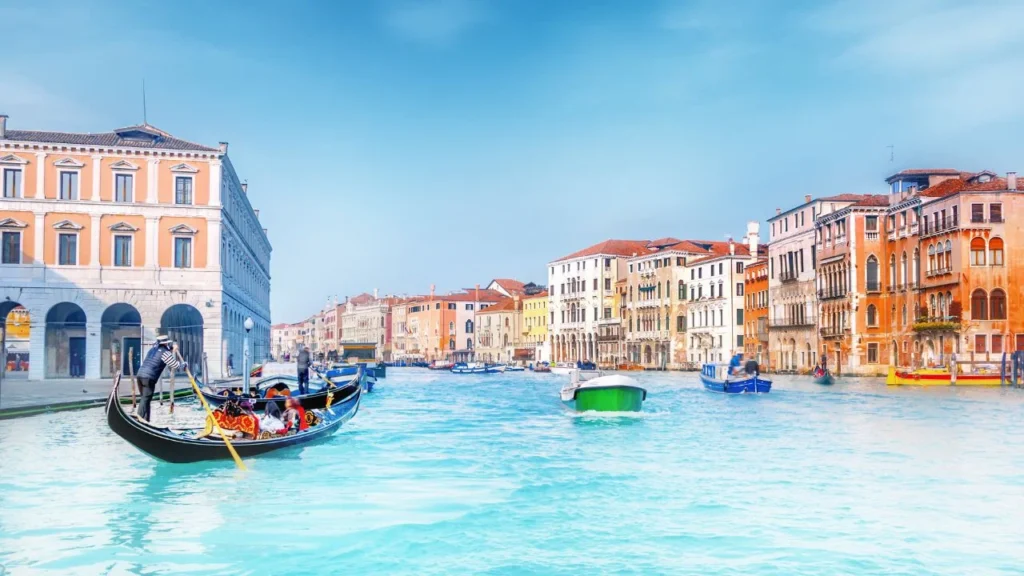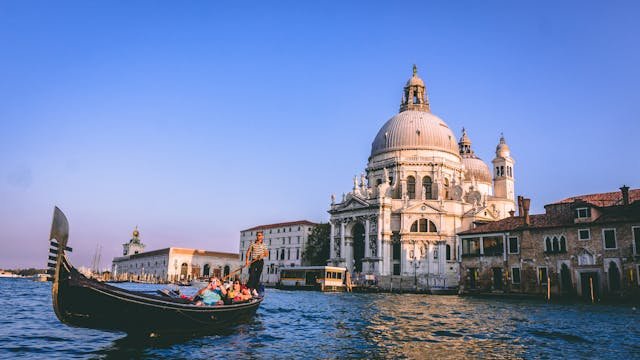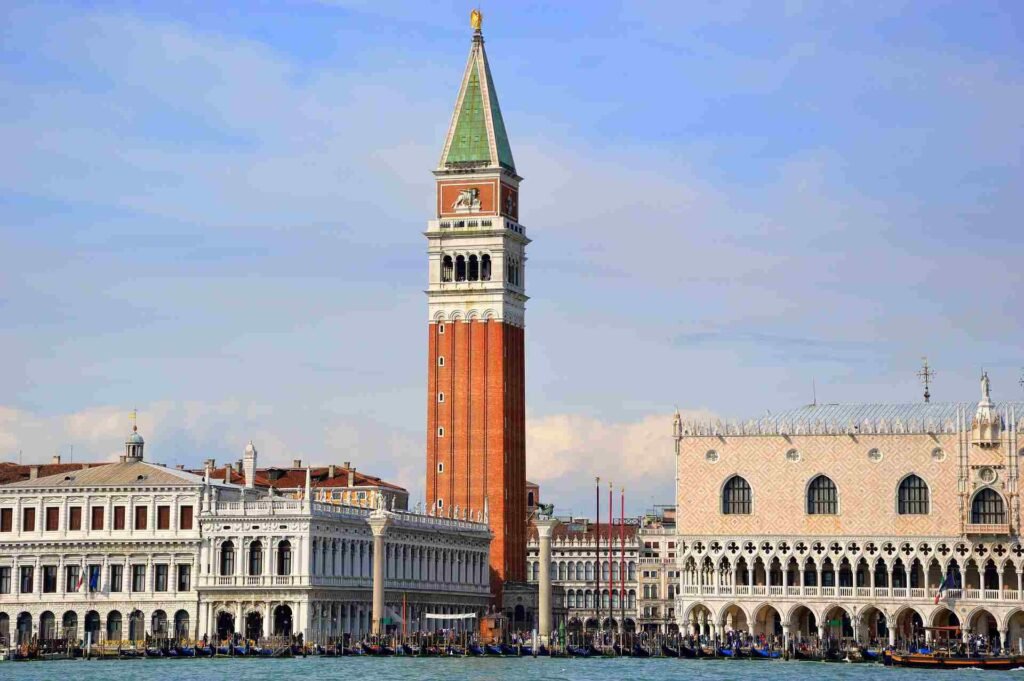Your Comprehensive Guide to Getting Around the City
Welcome to Venice, a city where the waterways are as much a part of daily life as the charming streets and historic buildings. Whether you’re a first-time visitor or a seasoned traveler, understanding how to get around Venice is key to making the most of your trip. Here’s your easy-to-follow guide to navigating this beautiful and unique city.
Getting Around by Vaporetto
Vaporetto Overview: The Vaporetto is Venice’s primary public transportation system, operating like a water bus service that runs along the city’s canals and across the lagoon. It’s the most efficient way to travel longer distances or reach the surrounding islands, especially for visitors wanting to avoid Venice’s narrow, winding streets.
Key Routes:
- Line 1: This line runs along the Grand Canal from Piazzale Roma to Lido, with frequent stops at key attractions like Rialto Bridge, St. Mark’s Square, and Accademia. It’s slower but perfect for those who want a scenic and relaxed ride through Venice’s iconic sights.
- Line 2: A faster route that also travels along the Grand Canal but makes fewer stops. If you need to travel quickly between points, like from San Marco to Piazzale Roma, this is your best option.
- Island Routes: Lines 4.1 and 4.2 circle Venice’s perimeter, connecting the city to nearby islands such as:
- Murano: Known for its world-famous glass-making workshops.
- Burano: Famous for its brightly colored houses and intricate lace-making traditions.
- Torcello: A tranquil island with historic churches, including the Cathedral of Santa Maria Assunta.
Tickets:
- Single Tickets: These are valid for 75 minutes from the time of validation and allow unlimited transfers during that period. Great for short trips.
- Multi-Day Passes: Available for 1, 2, 3, or 7 days, offering unlimited travel on the Vaporetto network. These passes are cost-effective if you plan to travel frequently. For instance, a 1-day pass costs around €25, while a 7-day pass is approximately €65.
- Purchase: Tickets can be bought from vending machines at Vaporetto stops, staffed ticket booths, or online through the Venice public transport (ACTV) website.
Tips:
- Crowds: The Vaporetto can become quite crowded, especially around tourist-heavy areas like the Grand Canal. Traveling during off-peak hours (mid-morning or early afternoon) will give you a more comfortable experience.
- Seating for Views: To enjoy the beautiful palaces and historic buildings along the Grand Canal, grab a seat on the right-hand side of the Vaporetto.
- Accessibility: Most Vaporetto stations and boats are accessible for passengers with limited mobility, but it’s a good idea to check in advance, especially for smaller islands or less frequent lines.
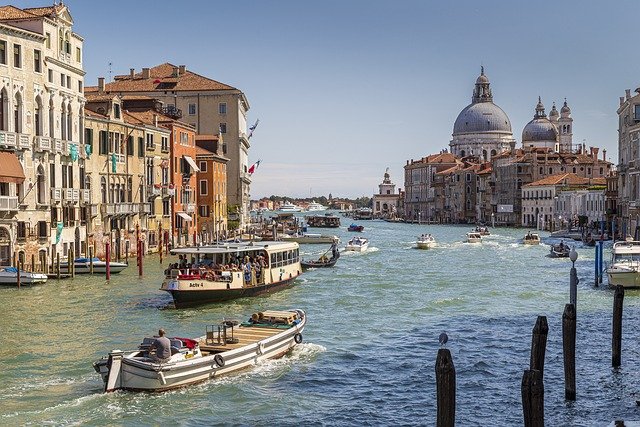
Experiencing Venice by Gondola
Gondola Overview: Gondolas are Venice’s traditional boats and have been used for centuries. Today, they are mainly for tourists, offering a romantic and intimate way to explore Venice’s winding canals. Gondolas are often associated with celebrations or special moments, providing a unique experience away from the larger Vaporetto boats.
Cost:
- Standard Prices: The city regulates gondola fares to ensure consistency. As of recent guidelines, a 30-minute ride costs around €80 during the day, while a 40-minute ride costs approximately €100. Evening rides (after 7 PM) tend to be more expensive, with rates starting around €100 for 30 minutes.
- Negotiation: While prices are mostly fixed, you might be able to negotiate a better deal, especially during quieter periods or if you’re in a group. Larger groups (up to 6 people) can share a gondola to reduce individual costs.
Where to Find Gondolas:
- Stations: Official gondola stations, known as “squeri,” can be found at major tourist hubs like St. Mark’s Square (Piazza San Marco), near the Rialto Bridge, and in quieter neighborhoods like San Polo. Look for striped poles with the gondola symbol.
Tips:
- Best Routes: While the Grand Canal is stunning, consider taking a gondola through Venice’s quieter, more intimate back canals for a peaceful and authentic experience. You’ll avoid heavy boat traffic and be able to appreciate the quieter side of the city.
- Timing: For a serene ride, early mornings and late afternoons are best. The canals are quieter, and the lighting is perfect for photography.
- Booking: You don’t always need to book in advance, but if you have a specific route or time in mind, you can arrange a gondola ride through your hotel or a tour operator.
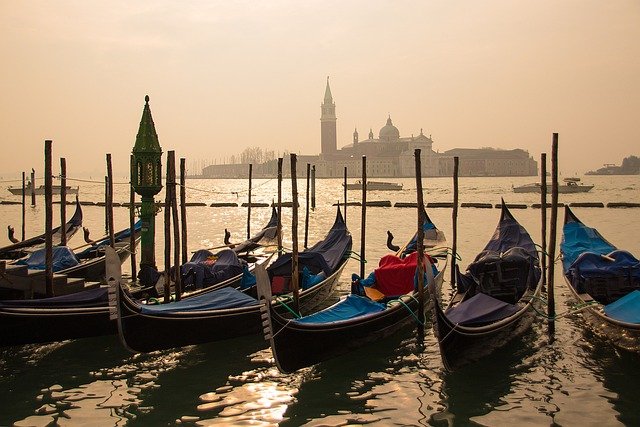
Exploring Venice on Foot
Walking Overview: Venice is a pedestrian’s paradise. With no cars or bikes allowed in the main city, exploring Venice on foot offers an intimate glimpse into the city’s winding alleys, charming bridges, and hidden squares. Walking is often the fastest and most scenic way to get around, especially when exploring Venice’s many nooks and crannies.
Embrace Getting Lost:
- Exploration: Venice’s streets can feel like a maze, but getting lost is often part of the adventure. Many travelers stumble upon quiet squares, hidden cafes, or lovely little bridges they wouldn’t have found otherwise.
- Landmarks: Major landmarks such as St. Mark’s Basilica, Doge’s Palace, and Rialto Bridge are well-signposted. You can always use them as reference points to reorient yourself if needed.
Navigation:
- Maps: Pick up a traditional map from a tourist information center or your hotel, but don’t hesitate to rely on smartphone apps like Google Maps or CityMaps2Go, many of which offer offline navigation.
- Apps: Many apps also highlight points of interest, restaurants, and historical landmarks, making them a valuable tool for self-guided exploration.
Comfortable Footwear:
- Footwear: Venice’s cobblestone streets and uneven surfaces mean that comfortable shoes are a must. Avoid high heels or flimsy sandals that could make walking difficult.
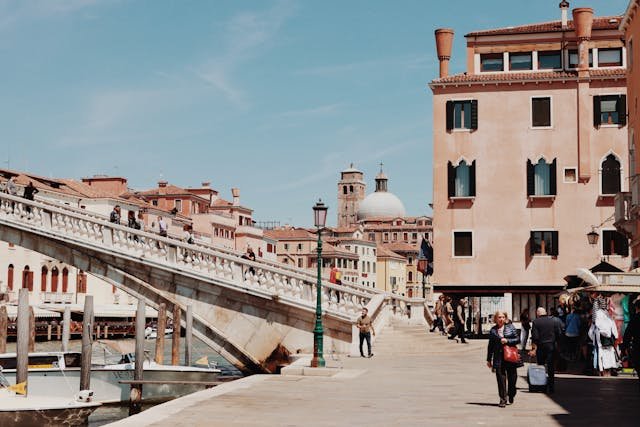
Other Transportation Options
Water Taxis:
- Service: Water taxis provide door-to-door service and can be a luxurious and convenient way to get around, especially if you’re traveling with heavy luggage or to more remote areas. They’re more expensive than Vaporettos, but they offer a direct and personalized experience.
- Booking: You can book water taxis through your hotel, at water taxi stations, or online. Prices can range from €60 to €120 depending on the distance and time of day.
Bicycles on Lido Island:
- Lido Island: Venice’s main city is off-limits to bicycles, but Lido Island is perfect for cycling. It’s spacious, flat, and known for its beaches and quieter streets.
- Bike Rentals: Available near the ferry terminal or at many hotels, bicycle rentals allow you to explore Lido’s beaches, gardens, and lesser-known attractions.
Walking Tours:
- Types of Tours: Venice offers a wide variety of walking tours, from historical tours and food tours to more unique experiences like ghost tours or art walks. Many are led by knowledgeable local guides who can offer deeper insights into the city’s history and culture.
Booking: You can book tours in advance through travel websites or through local tourist offices. Some hotels can also recommend or book a tour for you.
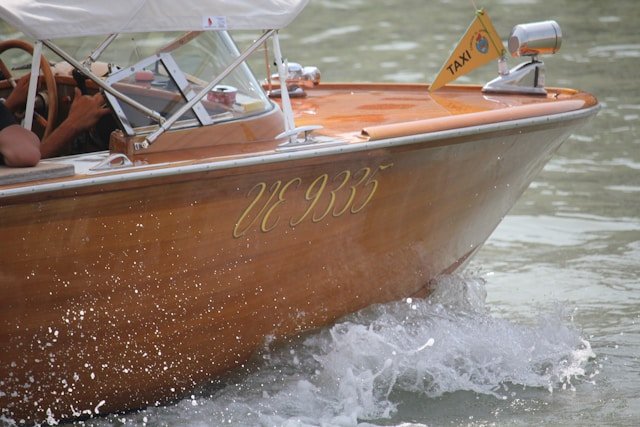
Practical Tips
Navigating Bridges:
- Luggage: Venice is full of steep bridges with steps, making it tricky to carry heavy luggage. Consider using a luggage transport service if you’re staying far from the main transport hubs.
Understanding the Layout:
- Sestieri: Venice is divided into six districts called sestieri: San Marco, Cannaregio, Castello, Dorsoduro, Santa Croce, and San Polo. Each has its own unique character. Familiarize yourself with these areas to better understand the city’s layout.
- Maps: Keep a map or app handy to help navigate between districts. Many street names (called calle) are repeated, so a clear sense of direction is key.
Staying Safe:
- General Safety: Venice is very safe, but, like any tourist destination, pickpocketing can happen in crowded areas. Keep your belongings close, especially in busy spots like Rialto or St. Mark’s Square.
- Water Safety: Be cautious near the edges of canals, especially at night or when the tide is high. Keep a safe distance from the water, particularly with children.
Whether you’re strolling through hidden alleyways, gliding along the Grand Canal in a gondola, or simply enjoying the local cuisine, Venice is a place where every corner reveals something magical. Let me know which part of the city you’d explore next. Goodbye, and safe travels!

